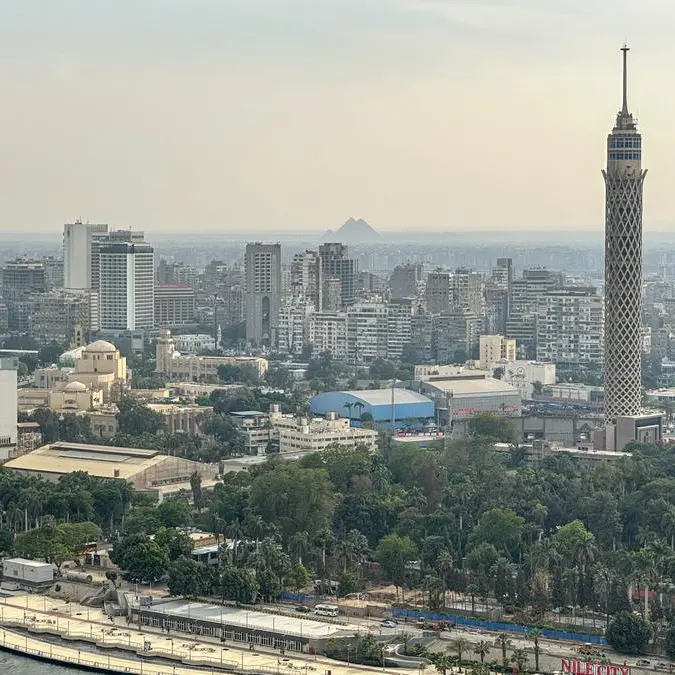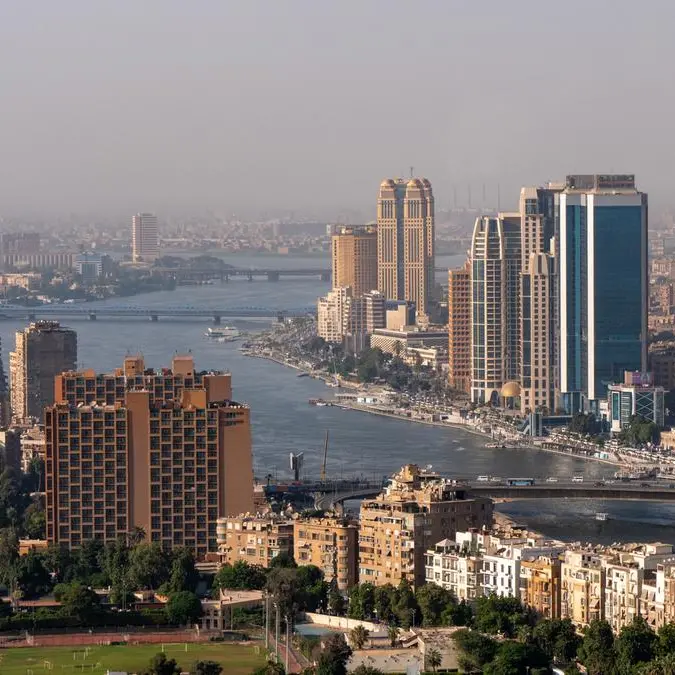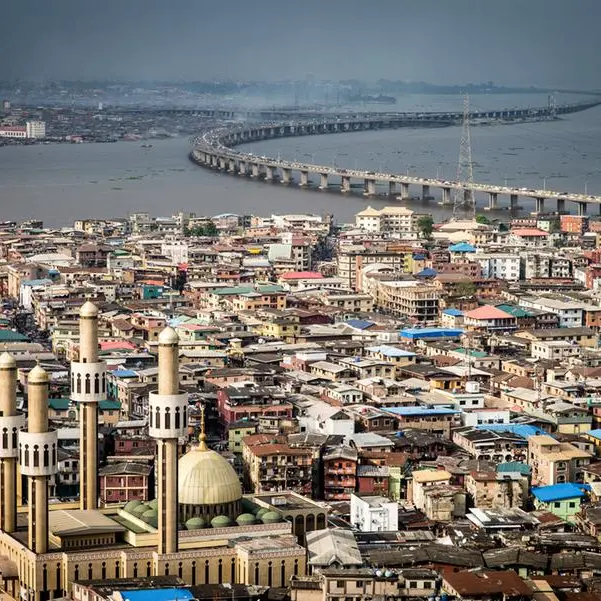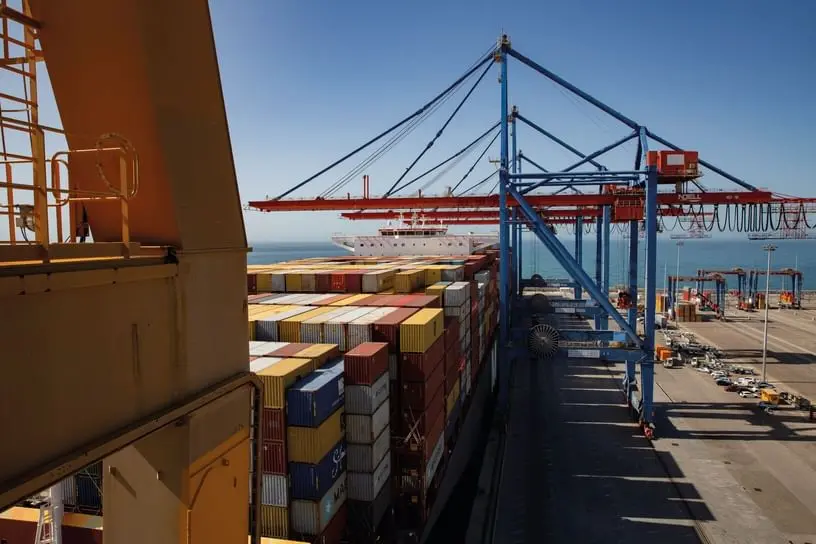PHOTO
Evolution of global energy markets and greenhouse emissions in the next few decades will largely be determined by the diffusion of new technologies across the fast-growing but only modestly prosperous countries of Asia.
Research and forecasting on energy and emissions still focuses far too much on North America and Western Europe, ignoring the implications of the large and rising share of energy consumption in Asia.
The problem is not new: “vast numbers of our citizens … look out on to a very vivid Western foreground, but only to a very dim Eastern background,” British geographer Halford Mackinder wrote a century ago (“Democratic ideals and reality”, 1919).
Most writing about energy is still rooted in the world of 1945 at the end of the Second World War, or 1989 at the end of the Cold War, when the world economy was dominated by North America and Western Europe.
Since then, however, the centre of economic activity, energy consumption, and greenhouse emissions has shifted away from the economies clustered around the North Atlantic towards Asia .
Countries in West, South, and East Asia accounted for 49% of global energy consumption in 2019, up from 43% in 2009, 31% in 1999 and 23% in 1989, according to data from BP.
By contrast the share of consumption of countries in North America and Western Europe has shrunk to just 32% in 2019, down from 38% in 2009, 47% in 1999 and 48% in 1989 (“Statistical review of world energy, BP, 2021).
The gap between energy consumption in Asia and the North Atlantic regions is likely to widen even further over the next few decades based on differential growth rates.
Between 1999 and 2019, Asia’s energy consumption increased at a compound annual rate of 4.4%, compared with just 0.7% per year in the North Atlantic economies (https://tmsnrt.rs/31MPnKX).
Because of these differences in weightings and growth rates, the future of the global energy system and emissions will be determined mostly by what happens in Asia not in the North Atlantic area.
TECHNOLOGY DIFFUSION
North Atlantic economies may play a role in policy leadership and technology development but those policies and technologies must eventually be spread throughout Asia.
The history of the industrial revolution and modern economic growth illustrates that what matters at global scale is the timing and speed of technology diffusion from advanced regions and early adopters to the rest of the world.
Britain’s economy had substantially industrialised by the 1830s and 1840s, based partly on cheap energy in the form of abundant and easily accessible coal reserves (“The British industrial revolution in global perspective”, Allen, 2009).
But the major transformation of the global economy began later in the 1860s and 1870s, when those technologies reached the rest of Western Europe and North America (“Power and plenty”, Findlay and O’Rourke, 2009).
In the next few decades, changing the global composition of energy consumption and bending the arc of emissions depends on technologies pioneered in the North Atlantic being adopted in Asia, as well as Asia developing its own technology solutions.
Technologies that work in the context of relatively prosperous economies around the North Atlantic will have to be made affordable for more modestly prosperous economies in Asia.
Technologies that work on the large scale energy systems of the North Atlantic countries will have to be scaled up to work in the very much larger energy systems of Asia.
Technologies that work in regions abundant in oil and gas will have to be made to work in regions where they are scarce and coal is the main indigenous energy source and a foundation of energy security.
And technologies that are seen as a source of comparative economic and commercial advantage must eventually be transferred to competitors to be more widely deployed.
None of these challenges will be easy to solve. But the transformation of the future energy system and emissions trajectory depends in large part on how they play out.
(Editing by Kirsten Donovan)





















